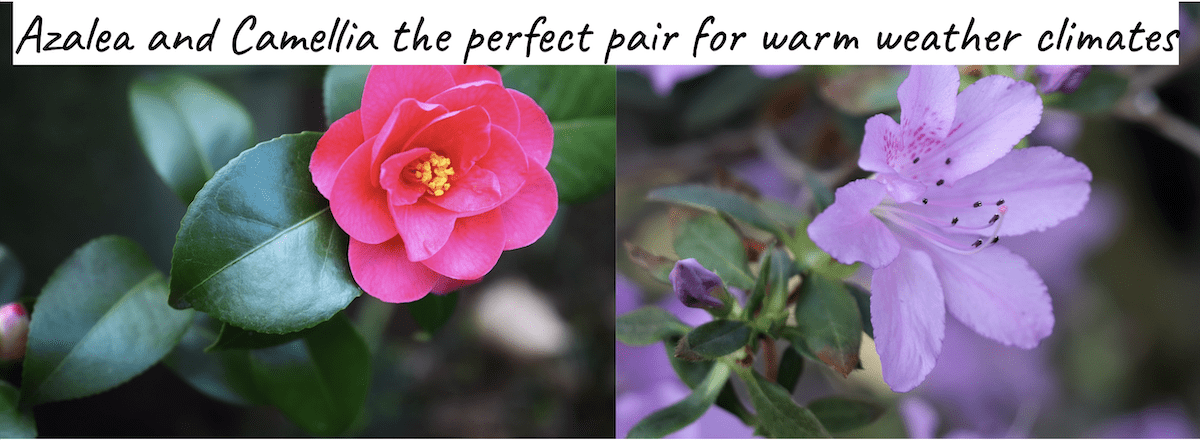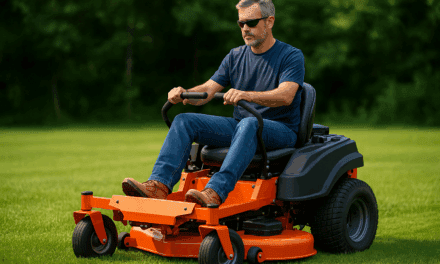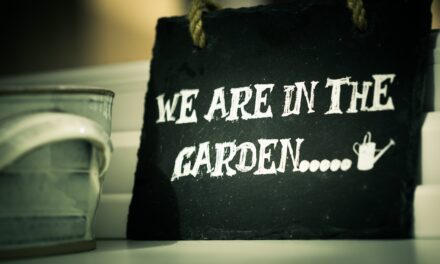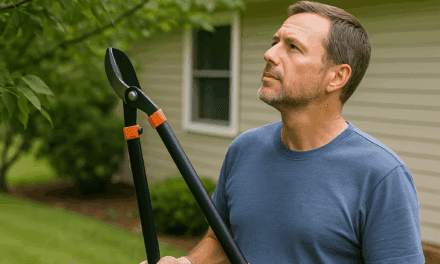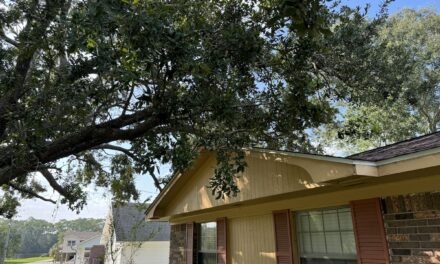Last updated on September 22nd, 2025 at 01:28 pm
Do you know the difference between an Azalea and a Camellia? The flower at the top on the left is a Camellia and the one on the right is a rose. Just kidding, it’s an Azalea. If you are moving to the South and in particular the Mississippi Gulf Coast, you should consider planting these beauties. They are green all year and produce some beautiful flowers. In my opinion, the best flowers are Azaleas and Camellias as they are green all year.
Azaleas and camellias are two popular evergreen shrubs that are excellent choices for foundation plantings, shrub borders, privacy screens, and specimen plants. They can be found on the Mississippi Gulf Coast, and come in a range of bloom times, flower colors, and sizes.
The evergreen azaleas produce showy flowers in early spring, while deciduous azaleas bloom in late spring. Camellia sasanqua blooms in late fall, while camellia japonica blooms in late winter to early spring.
Azaleas and camellias prefer well-drained soil and partial shade but can tolerate full sun in cooler climates. Acidic soil is best for these acid-loving plants, and adding peat moss or organic matter to the soil will help maintain soil moisture. It’s important to plant them at the right time in the growing season, either in early fall or late winter, to allow them to establish their root systems before the hot summer months.
Planting correctly – Azaleas and Camellias require soil drainage
To plant azaleas and camellias, dig a planting hole that is twice the size of the root ball and mix in pine bark or organic material to improve soil drainage. Place the plant in the hole so that the top of the root ball is level with the soil surface and backfill the hole with soil. Water the plant deeply, and mulch with a layer of pine bark to retain soil moisture and suppress weeds.
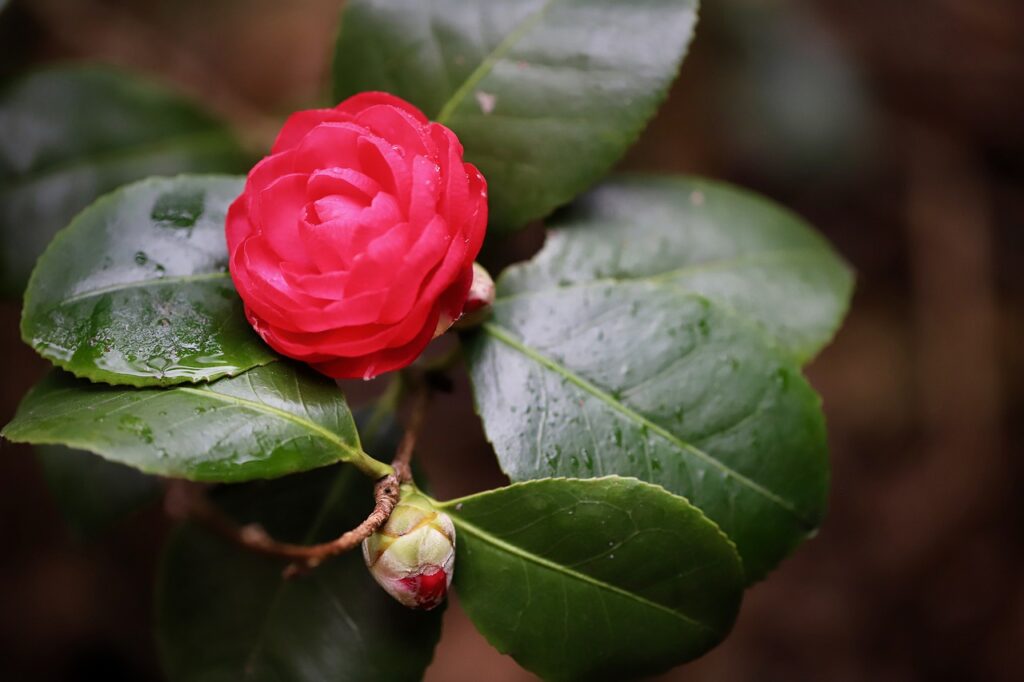
Azaleas and camellias are low-maintenance shrubs, but they do require regular pruning to maintain their shape and promote new growth. Prune camellias in early spring before new growth begins, and azaleas immediately after they have finished flowering. Fertilize them regularly with a fertilizer specifically designed for acid-loving plants, and monitor for common pests such as spider mites.
The glossy foliage of azaleas and camellias can be a focal point in the garden, and they can be used as low-growing hedges or individual plants. Mountain laurels and witch hazel are also excellent choices for shade gardens in the southern United States, while Nellie Stevens holly and Indian hawthorn make great evergreen hedges.
Blue Chiffon and common camellia have colorful flowers, and the fragrant flowers of camellia japonica make a great addition to the garden.
Azaleas and camellias grow very large if you let them
While azaleas and camellias are shallow-rooted plants, they can grow quite large over time. Camellias tend to be smaller, with most varieties reaching heights of 6-10 feet, while azaleas can grow up to 10 feet. The root zone of mature plants can extend beyond the drip line, and it’s important to provide them with enough space to grow.
Propagation of azaleas and camellias is easy, and stem cuttings can be taken in late summer or early fall. The young leaves of the cuttings should be removed, and the stem should be planted in a container with moist soil. The container should be covered with a plastic bag to maintain humidity and placed in a shaded area until new growth appears.
In warmer climates, azaleas, and camellias can be susceptible to fungal diseases, and it’s important to monitor soil moisture to prevent root rot. Adding organic matter to the soil and ensuring good air circulation can also help prevent disease.
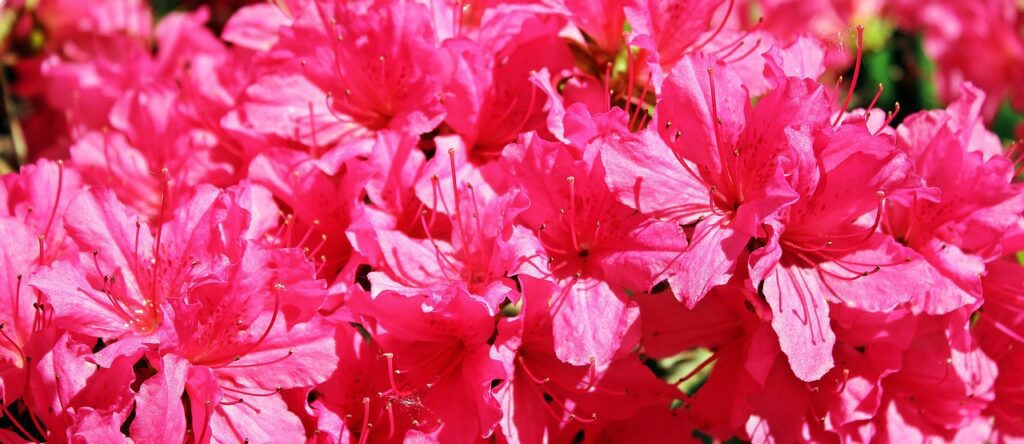
Low maintenance plants
They are perfect for use in foundation plantings, shrub borders, and as low-growing hedges. The plants are relatively low-maintenance and can grow well in either full sun or partial shade. They require acidic soil, high in organic matter, and need adequate soil moisture. Camellia japonica is another excellent choice for adding color to a shade garden.
These evergreen bushes produce showy flowers in late winter to early spring in warmer climates, while in colder climates, they bloom in late spring. Camellia japonica can grow to be a large shrub or even a small tree, providing a focal point or specimen plant for a garden.
When planting either azaleas or camellias, it is essential to choose the right location. For most azaleas and camellias, the best time to plant is in late fall or early spring. Azaleas and camellias need well-drained, acidic soil. A good idea is to mix peat moss or pine bark with the soil to add organic material and improve soil drainage.
When planting, make sure the root ball is slightly above ground level to prevent waterlogging. Adding a layer of mulch around the base of the plant can help keep soil moisture levels steady and prevent fungal diseases.
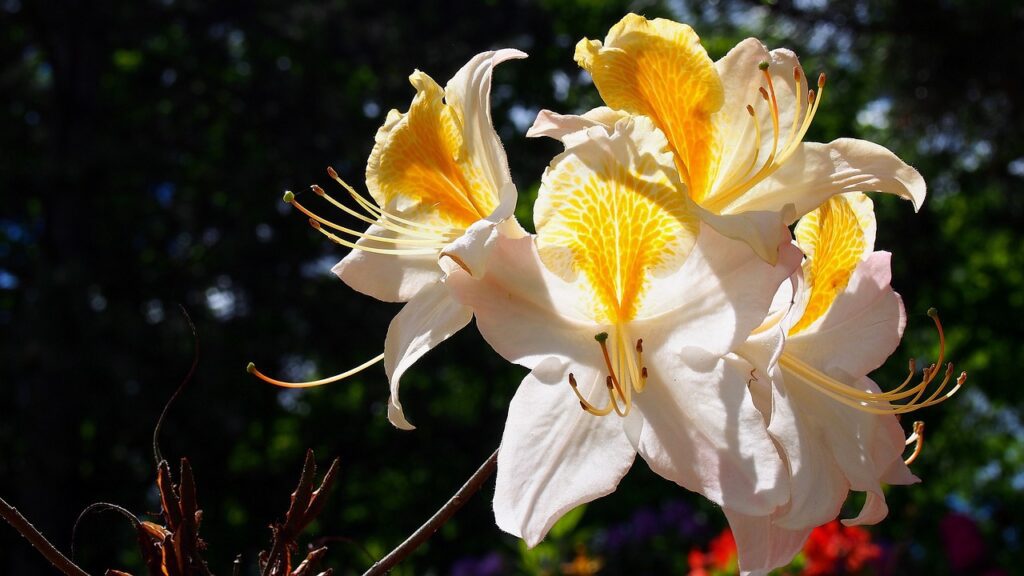
Both azaleas and camellias are susceptible to pests like spider mites and aphids, which can be controlled with the regular spraying of insecticidal soap. Pruning can help shape the plants, remove damaged or dead wood, and promote new growth. To propagate azaleas and camellias, take stem cuttings from young, healthy plants in the early summer, and root them in a mix of perlite and peat moss.
Camellias – Varieties and origin
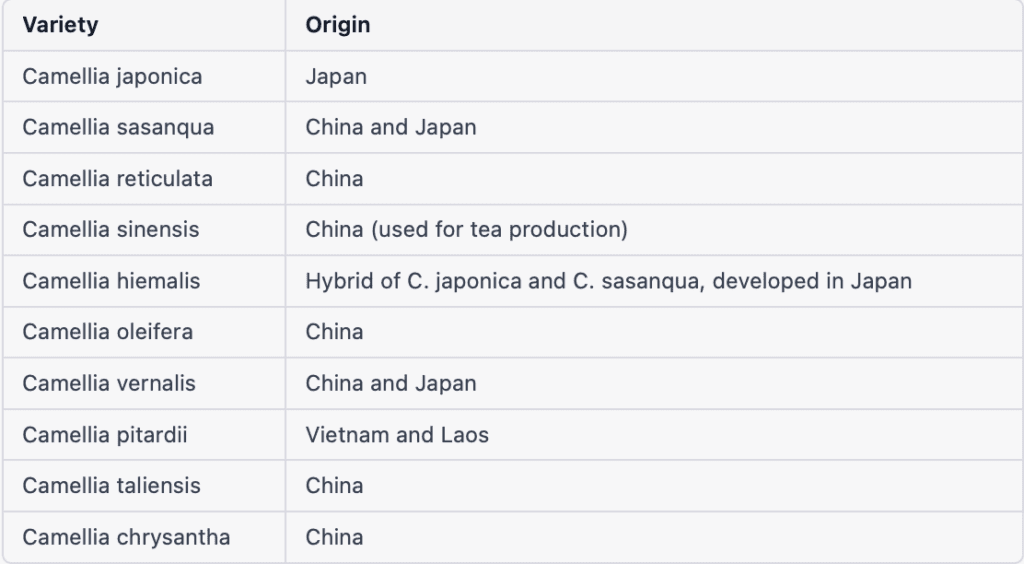
Azaleas – Varieties and Origin
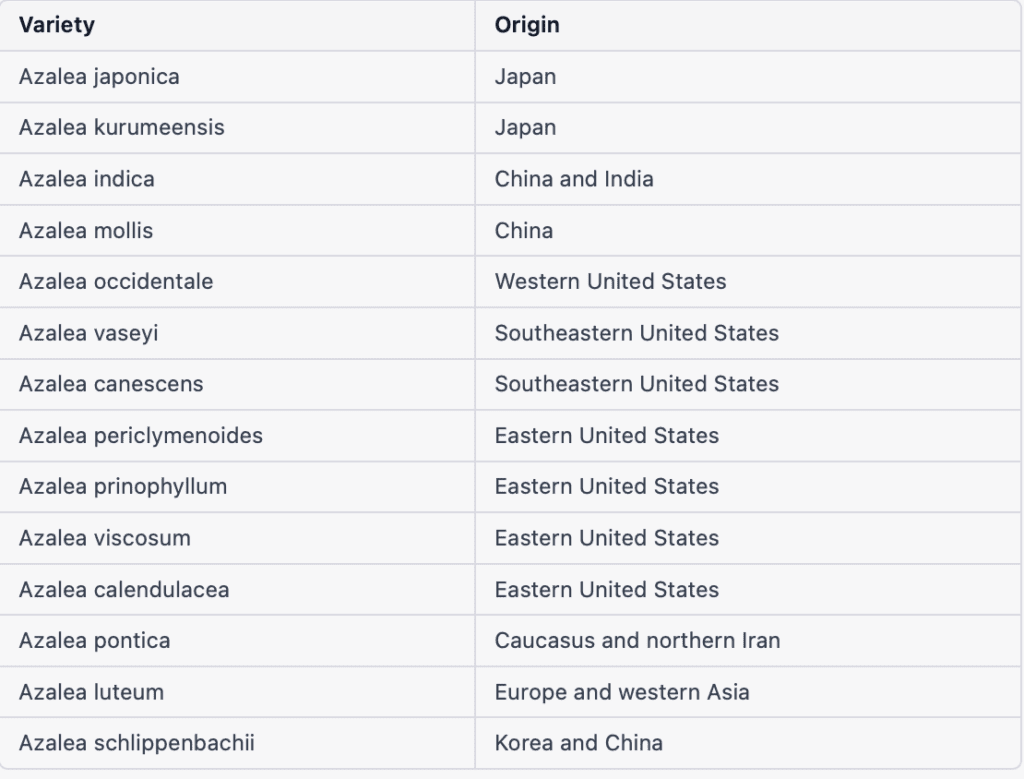
Southern Botanical Gardens
Botanical gardens in Southern states are popular for showcasing a wide range of native and exotic plant species, including azaleas and camellias. These gardens provide an excellent opportunity to experience the beauty of these popular ornamental plants up close and learn about their characteristics, care, and cultivation.
One such botanical garden that features azaleas and camellias is the Atlanta Botanical Garden in Georgia. The garden is home to a vast collection of camellias, including Camellia sasanqua, Camellia japonica, and Camellia reticulata, with some of the plants dating back to the 1920s. The camellias are spread across the gardens, with some of the highlights being the Camellia Garden, the Japanese Garden, and the Fuqua Orchid Center.
The Atlanta Botanical Garden also features a large collection of azaleas, including deciduous azaleas and evergreen azaleas. The plants are displayed in a variety of colors and sizes, with some growing up to 20 feet tall. The garden holds an annual Atlanta Blooms event where visitors can enjoy the vibrant display of azaleas and other spring blooms.
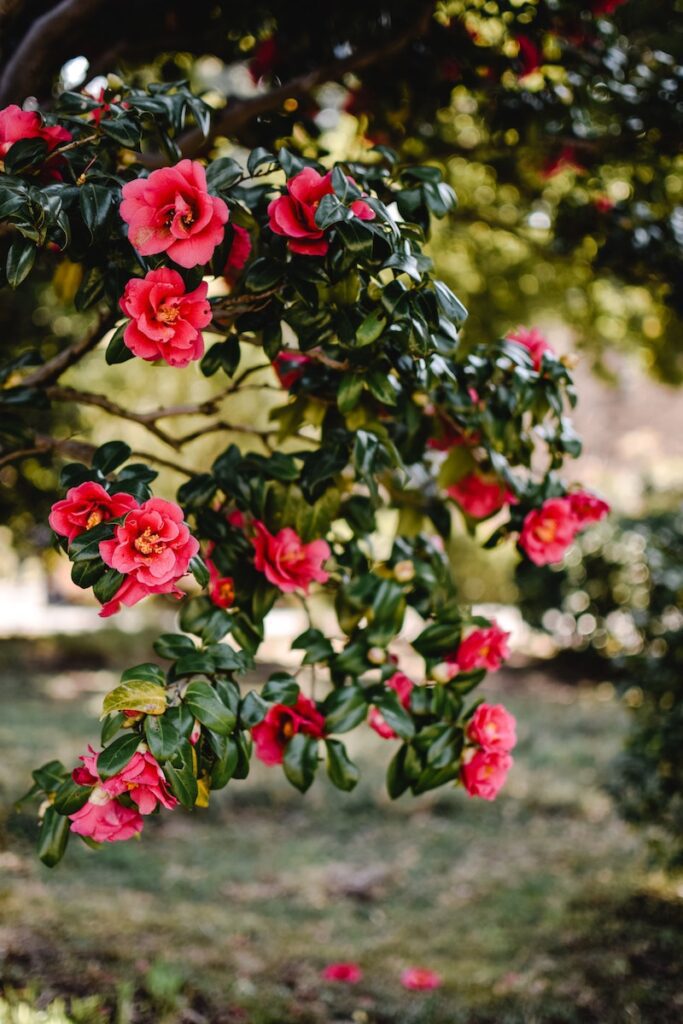
Callaway Gardens over 20,000 azaleas
Another botanical garden that features azaleas and camellias is the Callaway Gardens in Pine Mountain, Georgia. The gardens are home to over 20,000 azaleas, including over 3,000 hybrid varieties. The plants are showcased in various gardens, including the Overlook Garden, Mr. Cason’s Vegetable Garden, and the Ida Cason Callaway Memorial Chapel Garden.
Callaway Gardens also has an extensive collection of camellias, including Camellia sasanqua, Camellia japonica, and Camellia reticulata, and showcases over 130 varieties of the plant. The gardens host an annual Camellia Festival where visitors can see the plants in bloom and participate in camellia care workshops.
The Magnolia Plantation and Gardens in Charleston, South Carolina, is another popular botanical garden that showcases azaleas and camellias. The gardens are home to over 20,000 camellias, with some of the plants being over 100 years old. The gardens also feature a vast collection of azaleas, including the native species Rhododendron canescens, also known as the Piedmont azalea.
Visitors can enjoy the stunning display of azaleas and camellias during the spring season and can learn about the cultivation and care of these plants through various garden tours and workshops.
Bellingrath Gardens and Home
My wife and I recently visited Bellingrath Gardens to view the impressive gardens. In late February the camellia and azalea bushes are blooming. Bellingrath is a historic property with over 40 acres of lush plantings. Spring brings out many more flowers. They have plantings that bloom all year long. These flowers are beautiful so I captured some for you to see below:
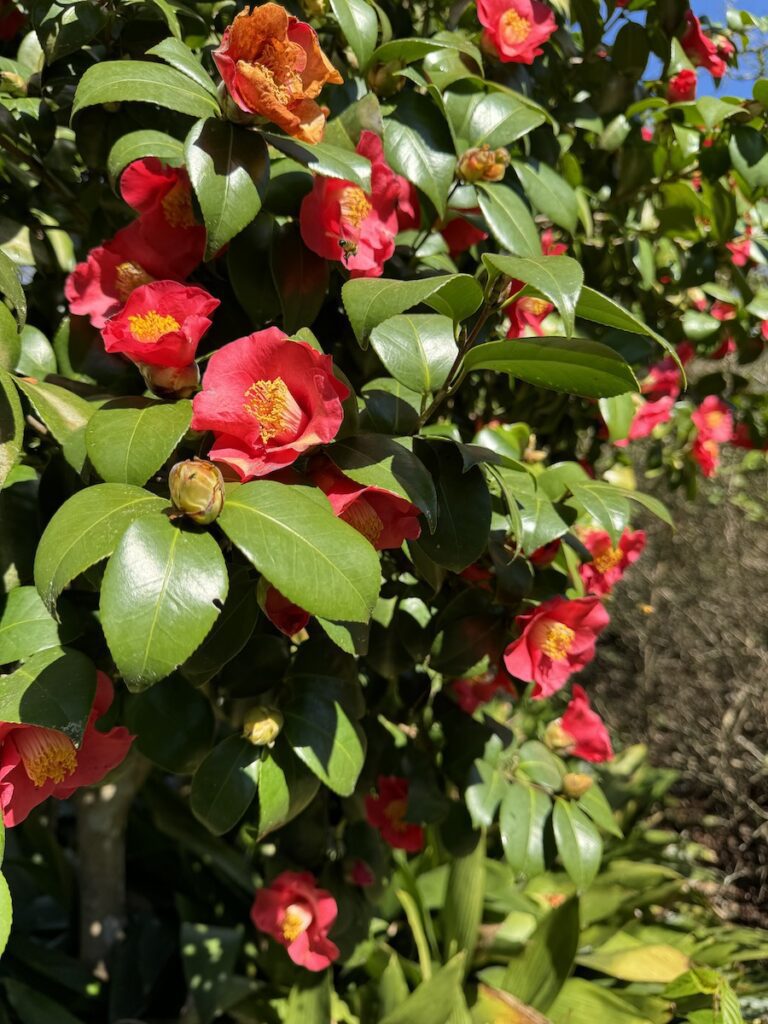
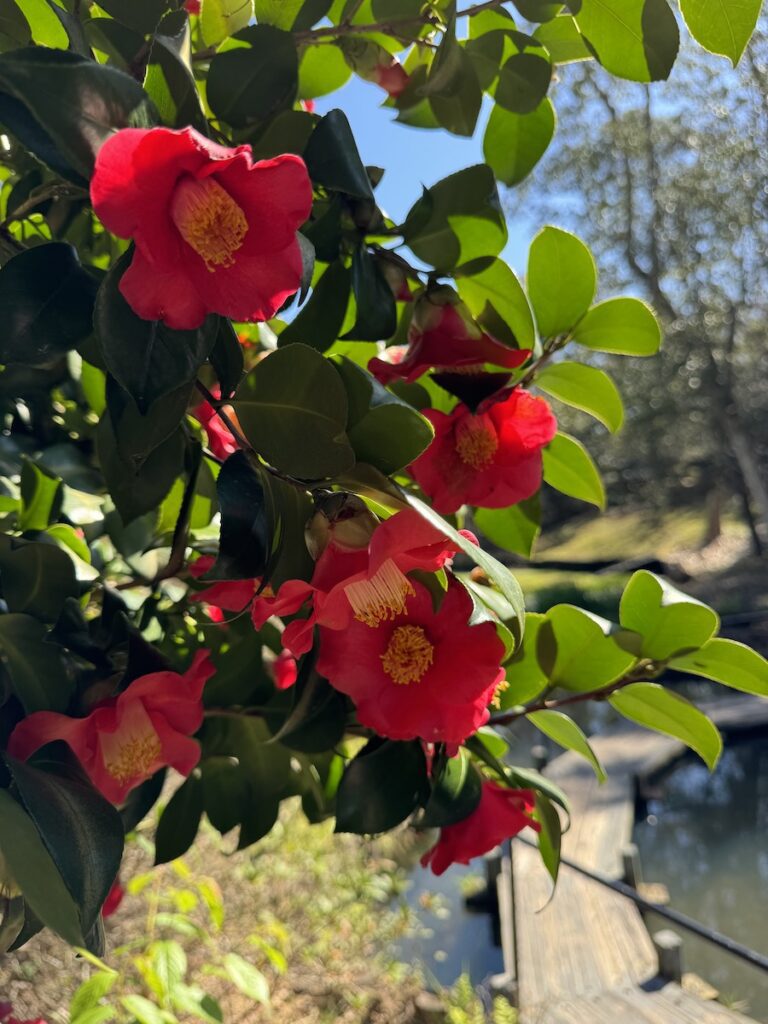
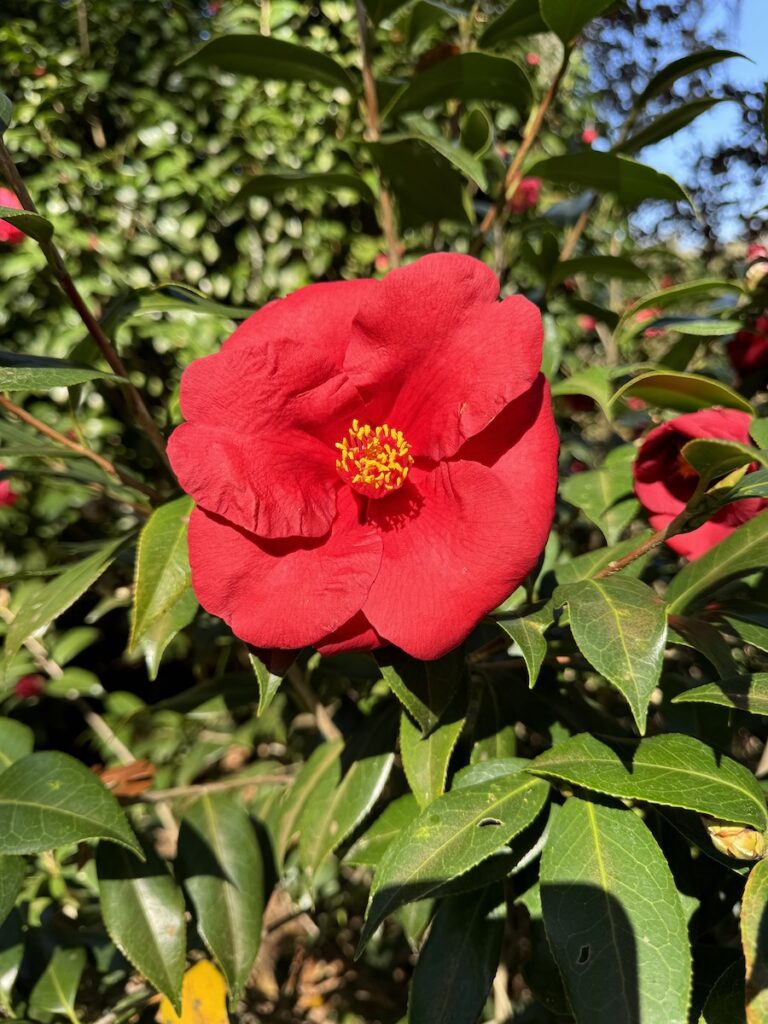
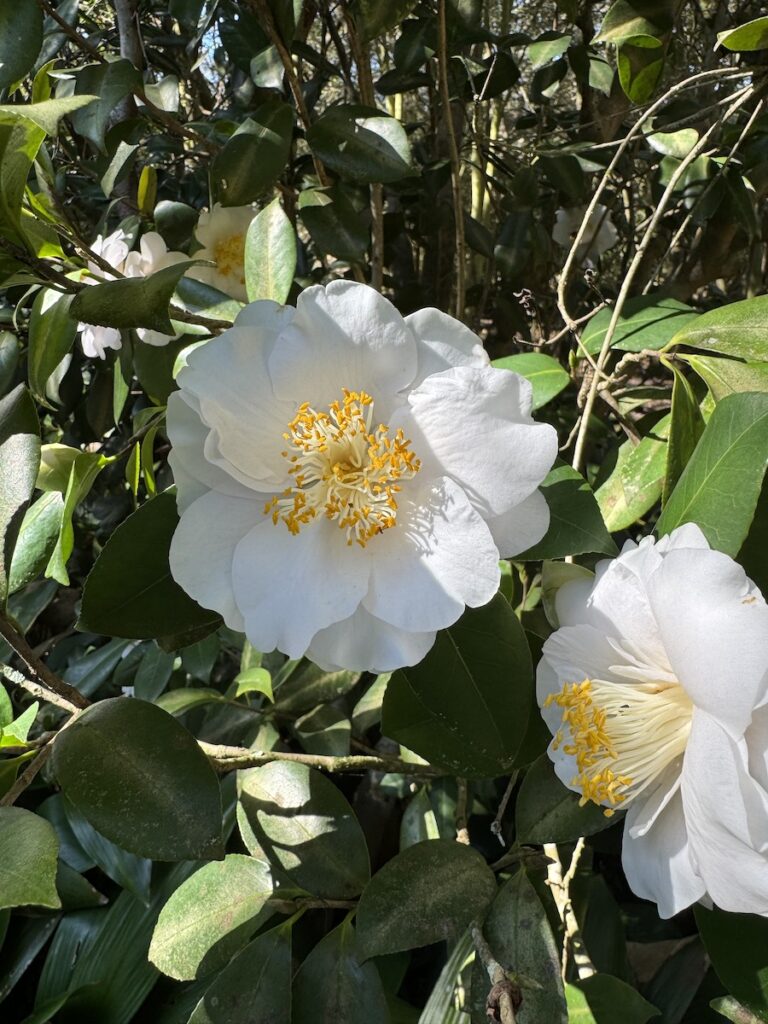
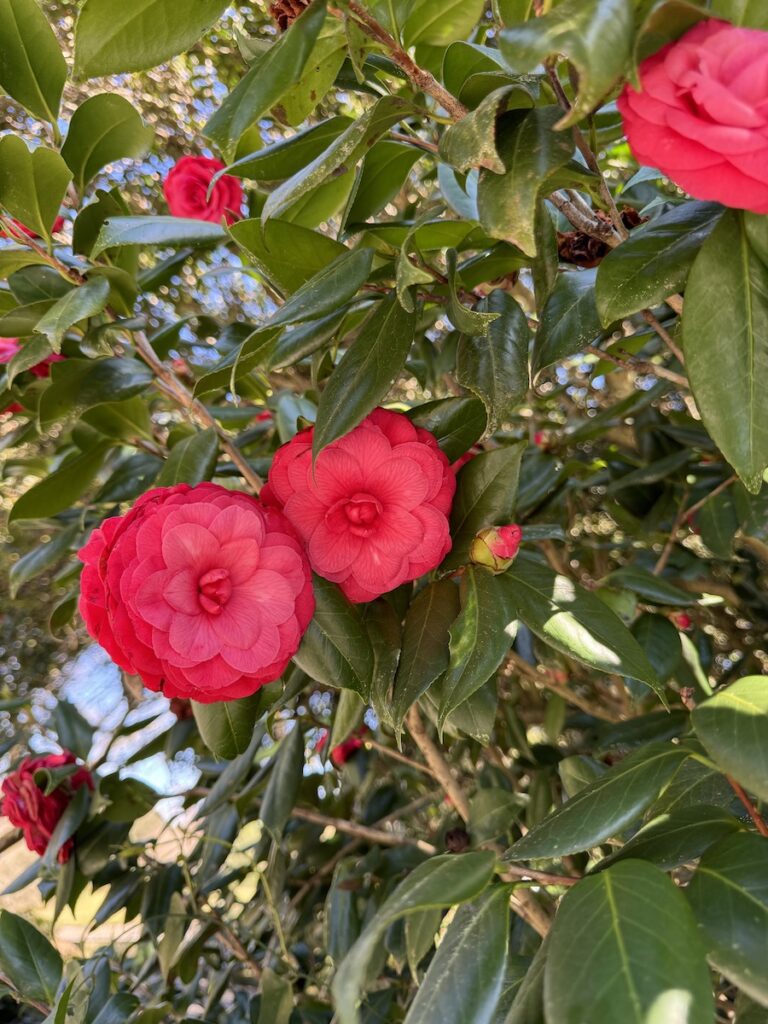


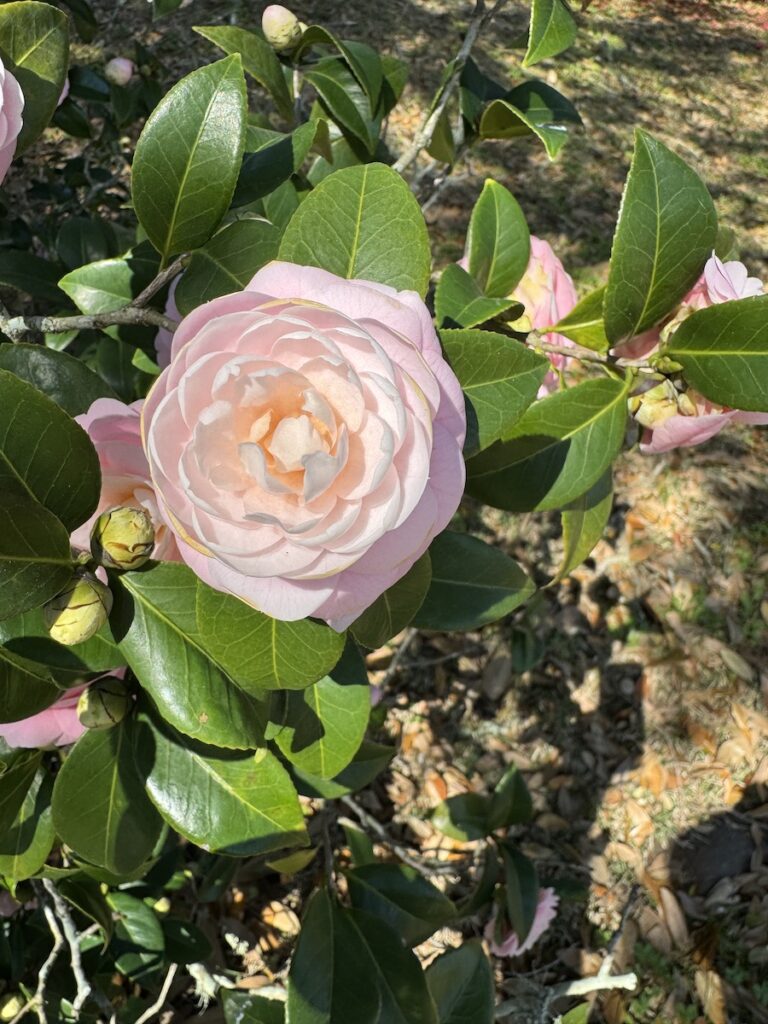
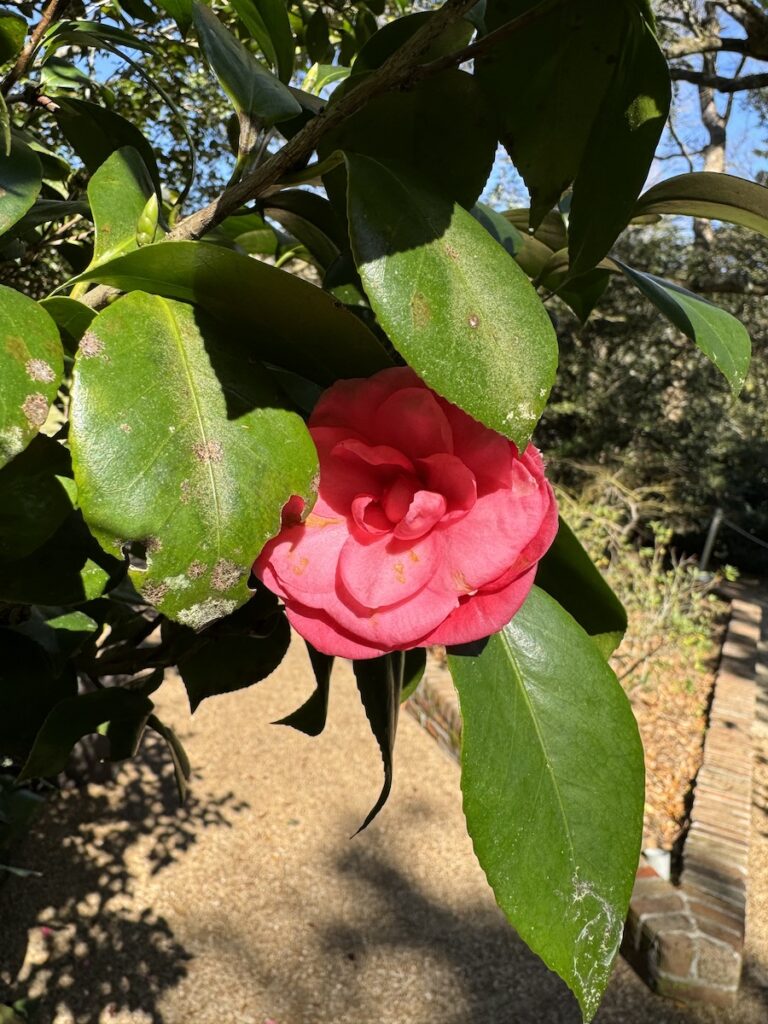
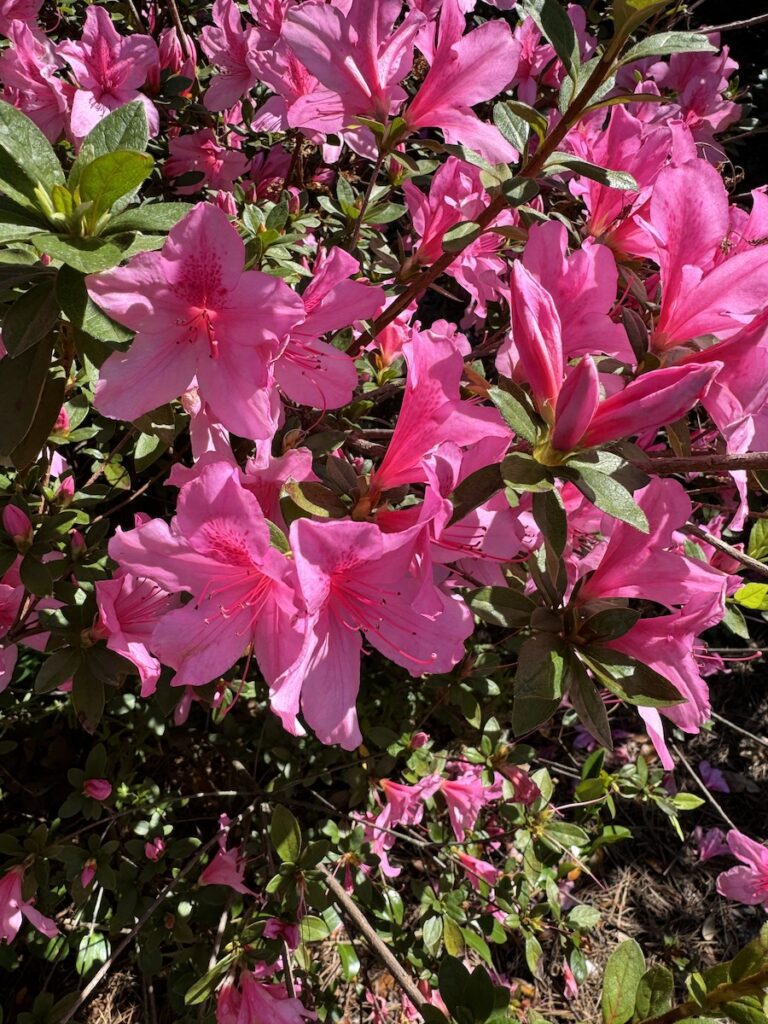
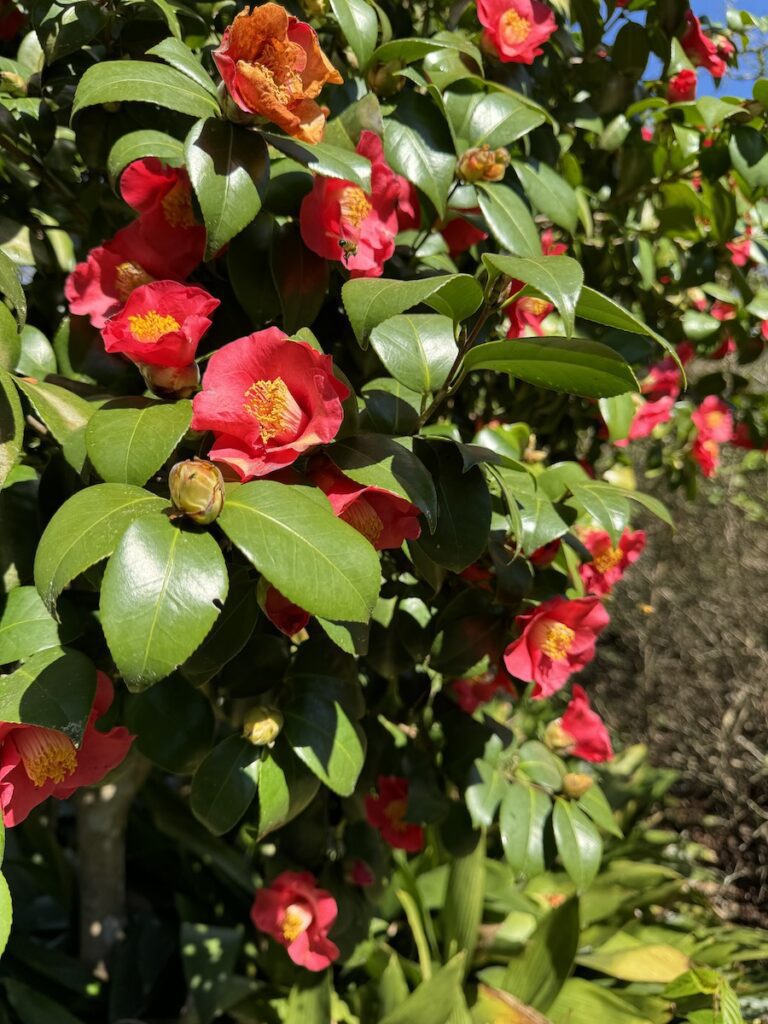

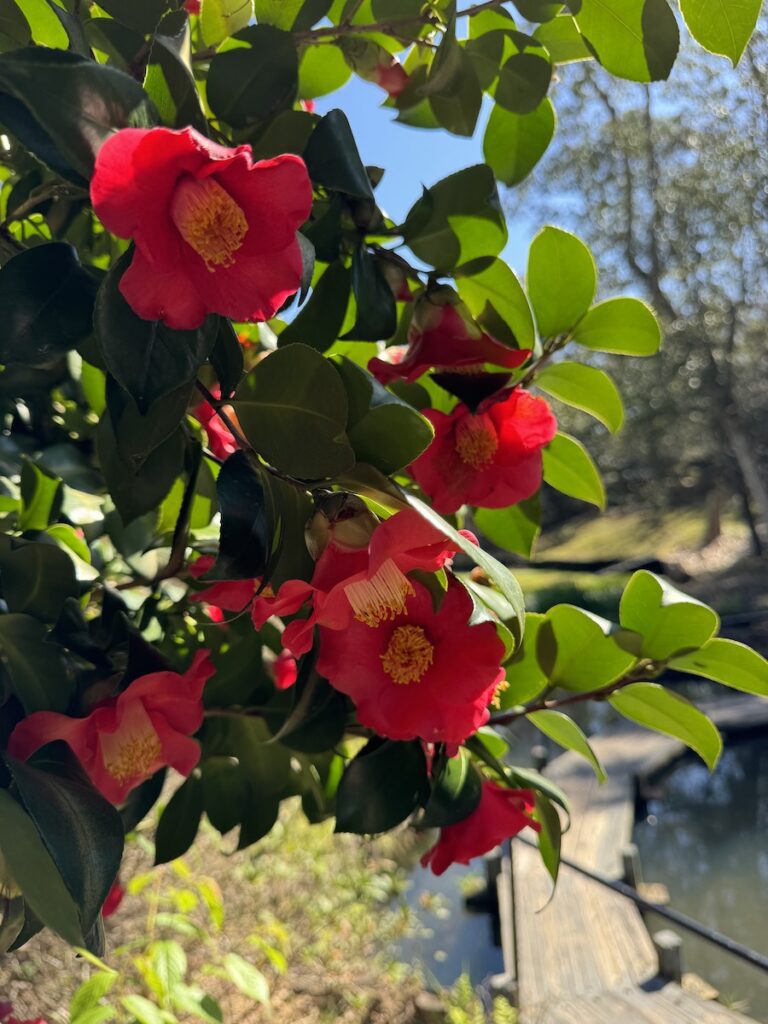
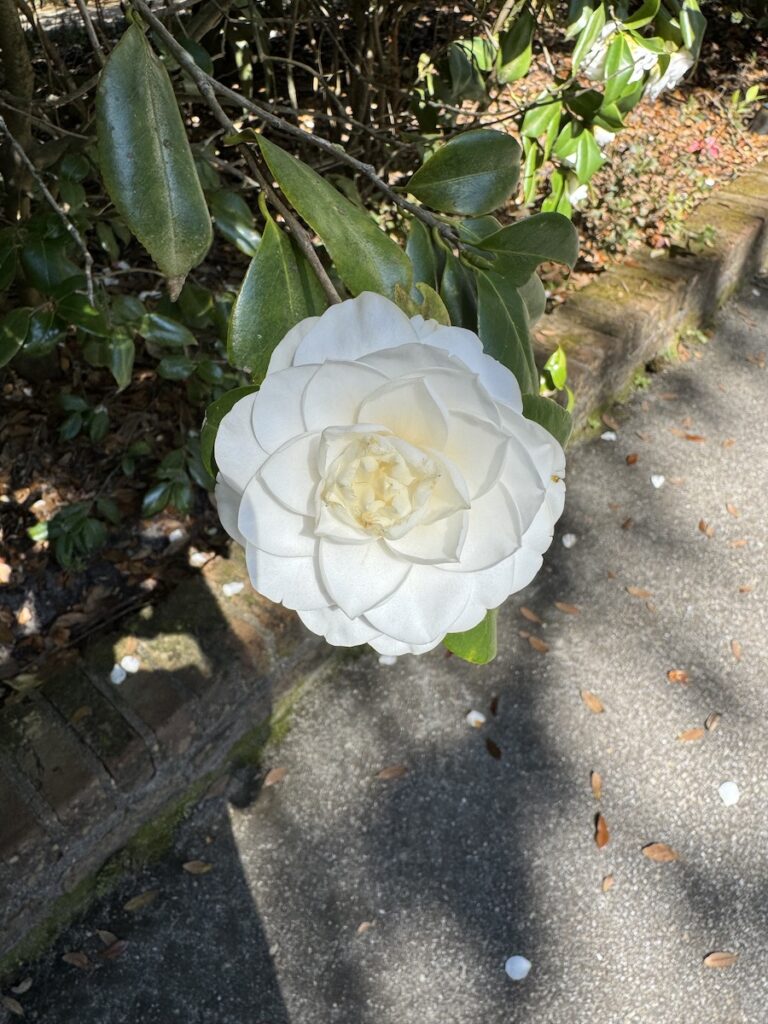
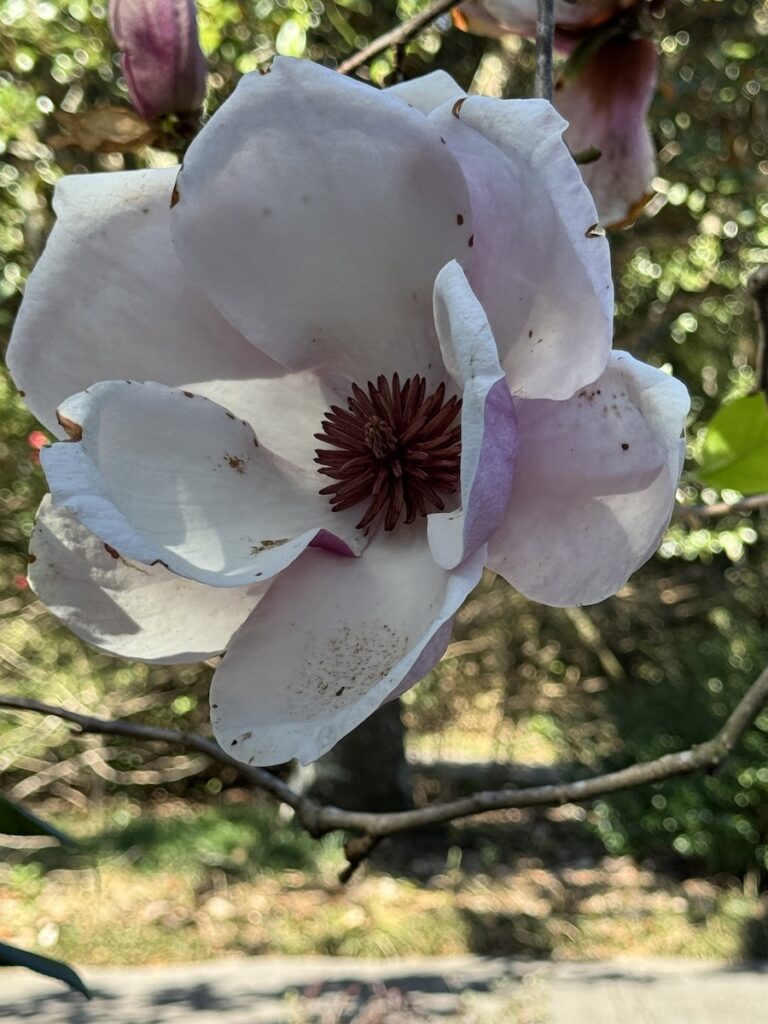
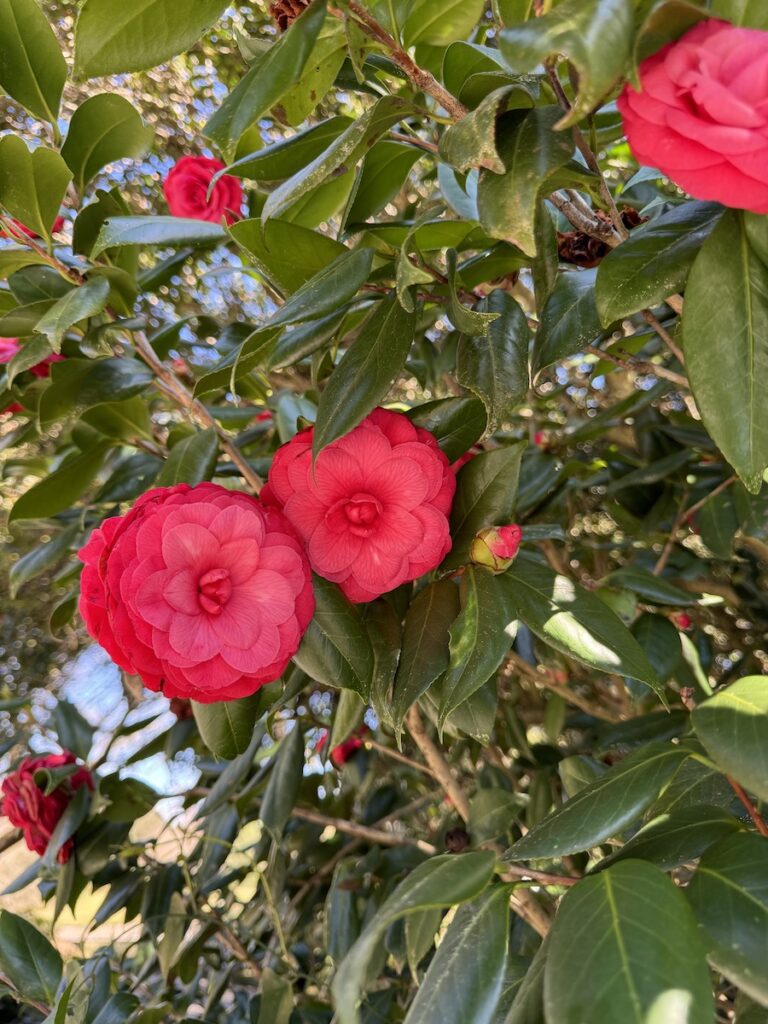
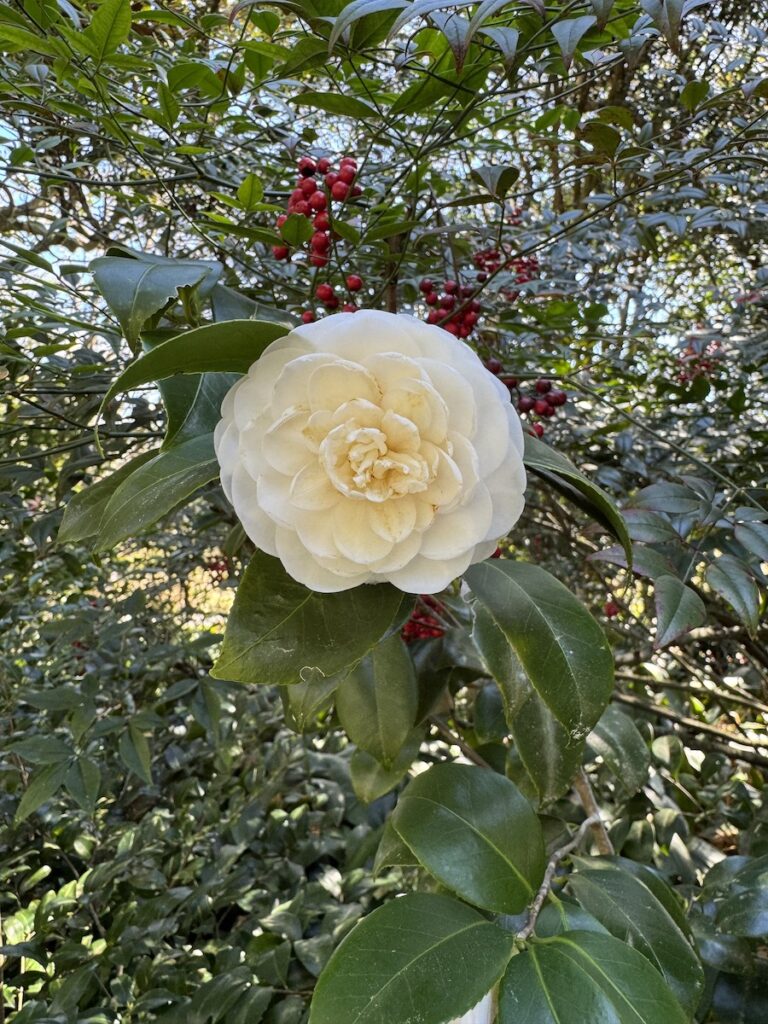

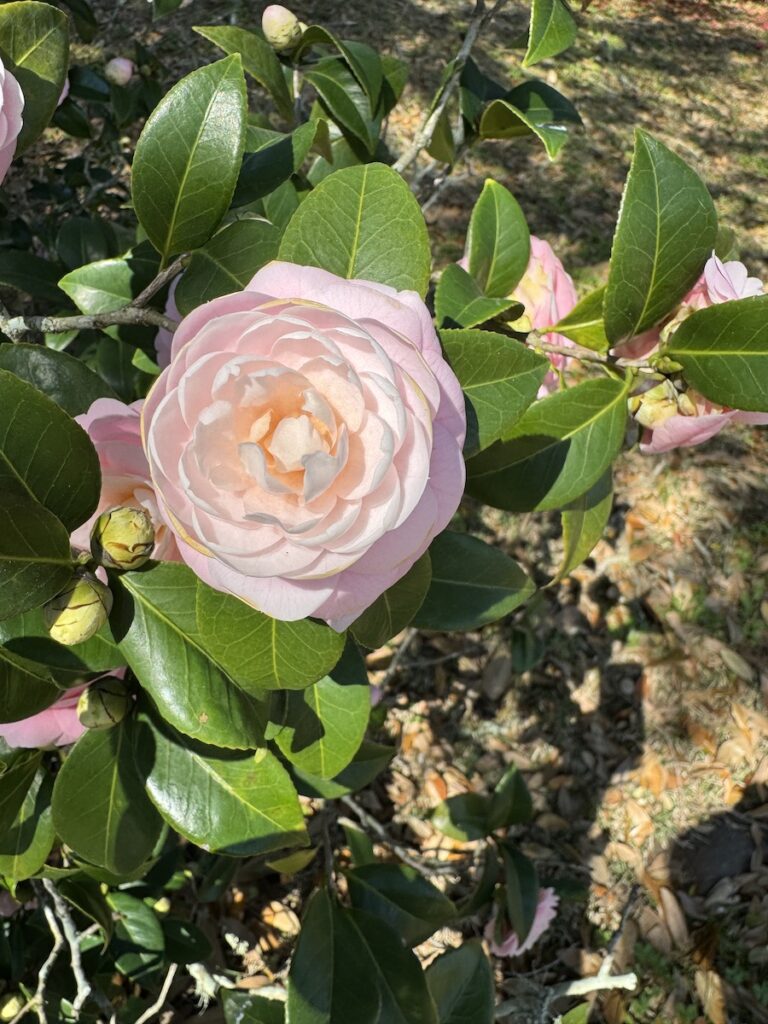
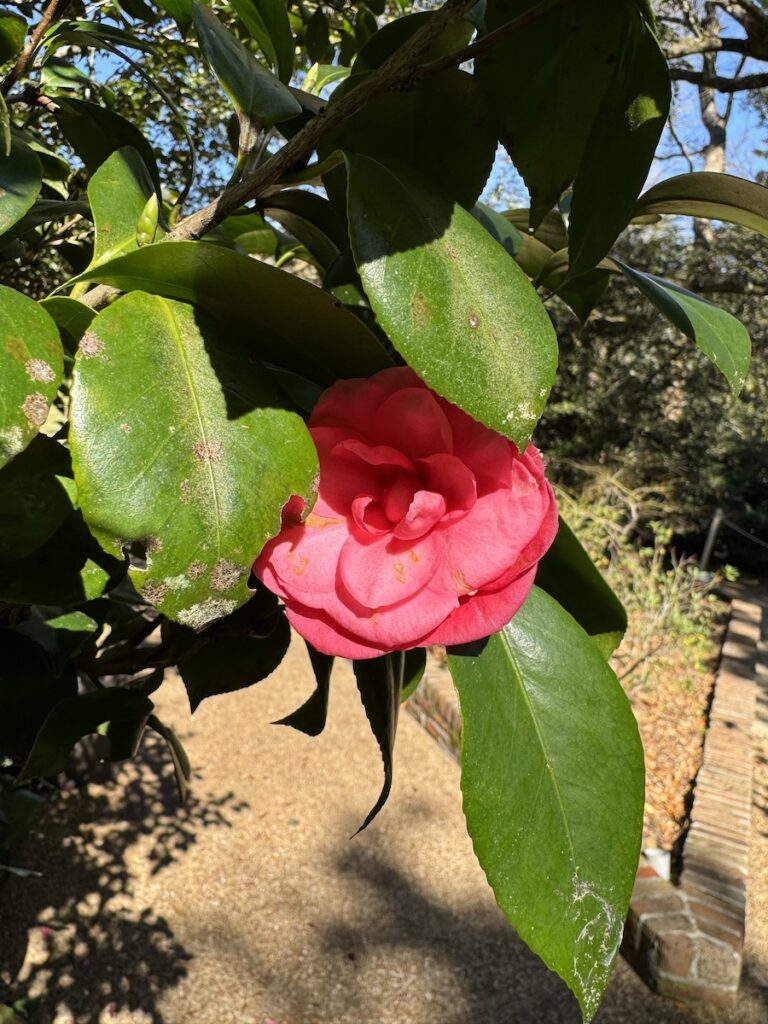

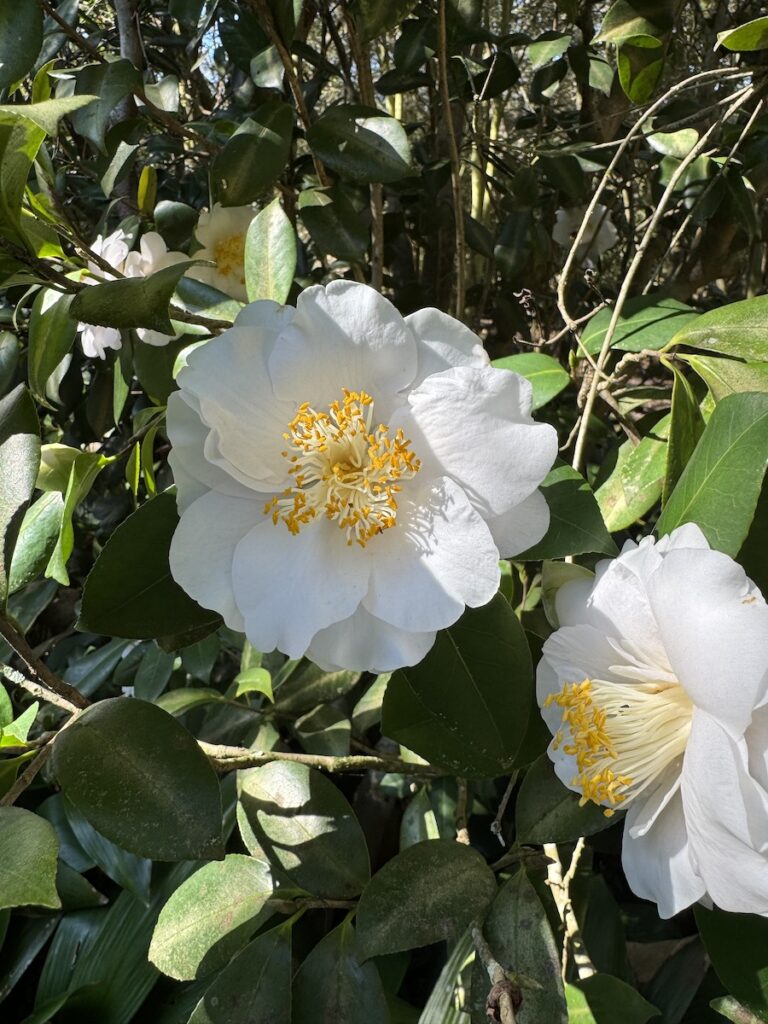
Mobile Botanical Garden is excellent
The Mobile Botanical Gardens in Alabama is another excellent destination for azalea and camellia enthusiasts. I should know, my wife and I have been there a couple of times when both flowers are in full bloom. We just love walking the trails looking at the beautiful and often large plants.
The gardens feature a vast collection of camellias, including Camellia japonica, Camellia sasanqua, and Camellia reticulata. The plants are spread across the gardens, including the Cottage Garden, the Heritage Garden, and the Longleaf Pine and Wildflower Trail.
The Mobile Botanical Gardens also feature a diverse collection of azaleas, including deciduous and evergreen varieties, which are showcased in the Azalea Garden, the Woodland Garden, and the Sunken Garden.
Azaleas and camellias are excellent choices for adding color and texture to a garden, with a variety of types and bloom times available to suit any growing season. Azaleas offer a wide range of flower colors and sizes and are ideal for colder climates.
Camellias are best for winter color
Camellias are great for providing color during late winter and early spring and are well-suited for warmer climates. Both plants require acidic soil and good soil moisture, making them great choices for southern gardens. With a little care, these low-maintenance shrubs can add a great addition to any garden or landscape.
Living on the Mississippi Gulf Coast many trees have leaves all year and there are other evergreen plants such as roses. Camellias and azelias will bloom when other flowers are dormant for the fall, winter, and early spring. They really stand out because they are in many cases the only flowering plants around.
My wife and I love to walk around Ocean Springs because there are so many very mature plantings. Some of the plants actually become trees, particularly the Camellias.
Many people use azaleas for property line barriers or to cover fences and define areas. They can be grown somewhat like hedges. Even in the summer when they are not blooming their leaves are bright green and the leaves of camellias are shiny.
Local garden clubs can help
A local garden club near where you live can help you with the proper design of a garden to complement any azaleas and or camellias you want to plant. I recently wrote an article about “best garden clubs” on the Mississippi Gulf Coast. Click on the words garden clubs to read the article on this site. You may want to read about the southern live oaks on the Mississippi Gulf Coast by clicking here it’s on our affiliate website.
Read our article about lawns here. Our article about landscaping being cathartic is a great read here.
Please leave comments, and let us know if we can improve on this and other articles.
Frequently Asked Questions: Azaleas & Camellias (Evergreen All Year)
1) Why are azaleas and camellias “green year around”?
2) Do azaleas and camellias bloom at the same time?
3) What climates are best?
4) Sun or shade?
5) How much water do they need?
6) What soil do they prefer?
7) Do they need special fertilizer?
8) Are they easy to maintain?
9) Can I grow them in containers?
10) How do I keep them healthy year-round?
Discover more from RetireCoast.com
Subscribe to get the latest posts sent to your email.

